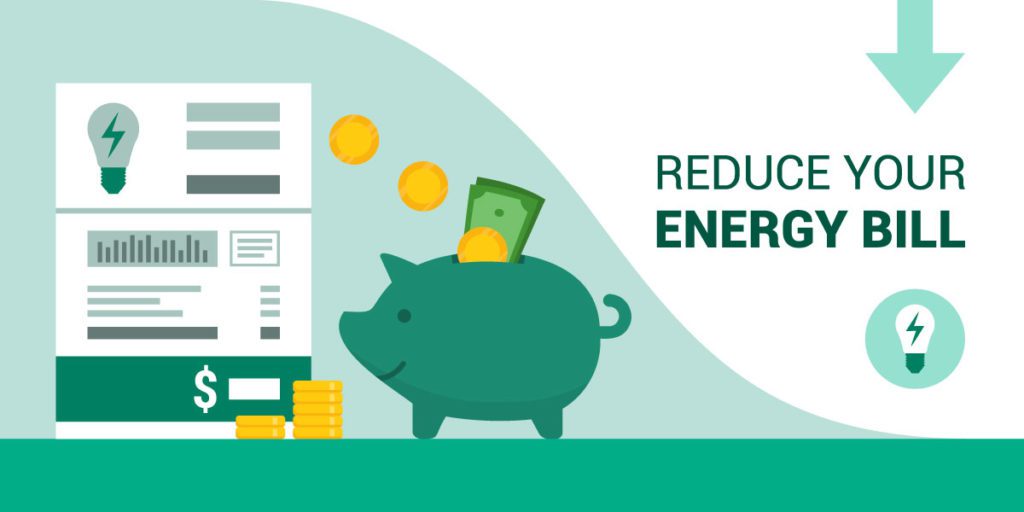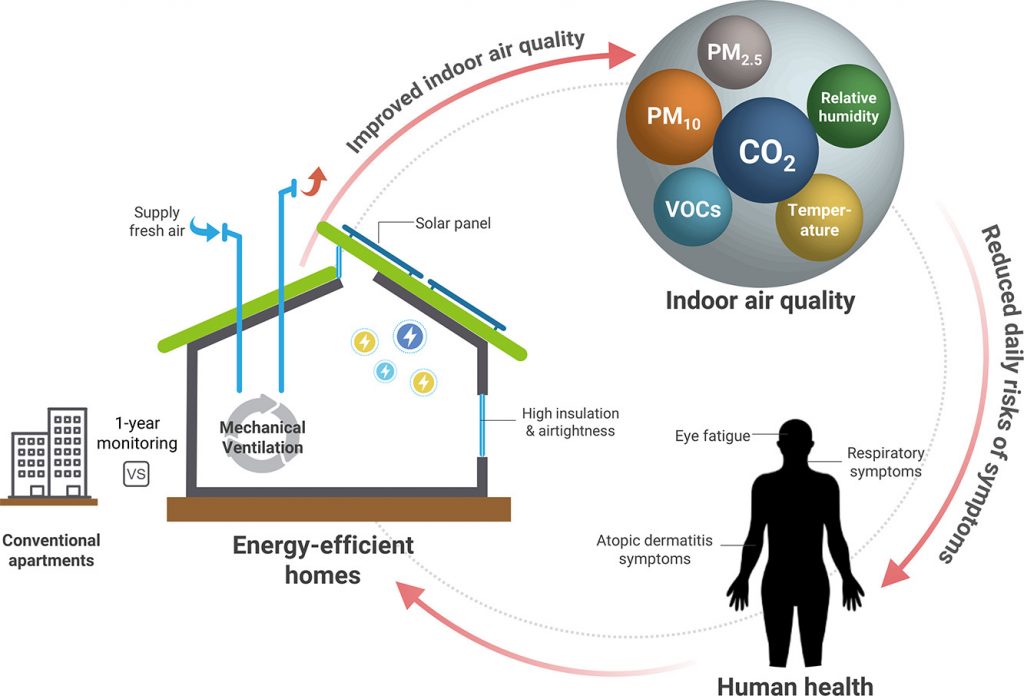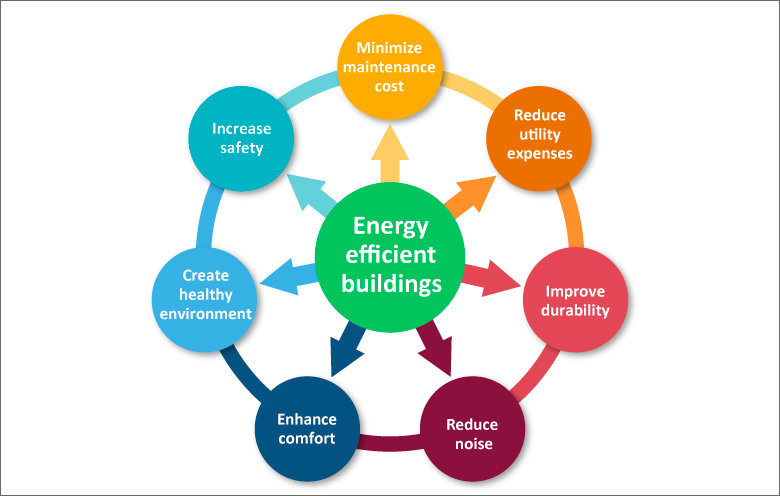Exploring the Benefits of Energy-Efficient Construction
In an era where environmental sustainability is a paramount concern, energy-efficient construction is revolutionizing the building industry. This approach to construction offers a multitude of benefits, ranging from financial savings to improved occupant comfort and sustainability. In this blog post, we will delve into the myriad advantages of energy-efficient construction and why it is an essential step towards a more sustainable future.
1. Reduced Energy Consumption
Energy-efficient construction leads to a substantial decrease in energy consumption. Buildings designed with energy efficiency in mind incorporate features like high-quality insulation, advanced windows, and efficient heating, ventilation, and air conditioning (HVAC) systems. These elements significantly lower energy bills for both heating and cooling. According to the U.S. Department of Energy, energy-efficient buildings can reduce energy consumption by up to 50%, providing significant economic savings for homeowners and reducing the overall demand for energy. This, in turn, contributes to the reduction of greenhouse gas emissions and fights against climate change.

2. Environmental Benefits
Energy-efficient construction not only saves on energy costs but also significantly reduces the carbon footprint of buildings. This reduced energy consumption equates to fewer greenhouse gas emissions, helping combat climate change and reduce air pollution. Sustainable materials and eco-friendly construction practices often accompany energy-efficient construction, further minimizing the environmental impact of building projects.

3. Enhanced Comfort and Indoor Air Quality
The design principles behind energy-efficient construction prioritize the comfort of occupants. With superior insulation, advanced HVAC systems, and thoughtfully considered design, energy-efficient buildings provide more stable indoor temperatures and fewer drafts, ensuring optimal comfort. Additionally, many energy-efficient structures incorporate advanced air filtration systems, which improve indoor air quality. The U.S. Environmental Protection Agency (EPA) emphasizes the importance of good indoor air quality in promoting occupant health and well-being.
4. Increased Property Value
The demand for energy-efficient buildings in the real estate market is on the rise. Such properties tend to command higher resale values and rental rates. This is attributed to the long-term cost savings and improved comfort associated with energy-efficient construction. As a result, investors and homebuyers view these buildings as valuable investments.
5. Government Incentives
Governments worldwide are introducing incentives to encourage energy-efficient construction. These incentives often include tax credits, grants, and rebates for builders and property owners who adopt energy-efficient building practices. For example, in the United States, the Energy Policy Act of 2005 offers tax incentives for energy-efficient commercial buildings and as part of the Inflation Reduction Act (IRA) of 2022, the Section 45L New Energy Efficient Home Credit (§ 45L credit) was updated and extended through 2032. These incentives can significantly reduce the construction costs and make energy-efficient building methods more appealing to the construction industry and consumers.
6. Long-Term Cost Savings
While energy-efficient construction may entail a higher initial investment, the long-term savings are substantial. Reduced energy bills, lower maintenance costs, and increased property value result in a favorable return on investment over time. Many experts suggest that the additional upfront costs are recouped within a few years, making energy-efficient construction a sound financial decision.
7. Compliance with Regulations
Energy-efficient construction practices help builders ensure compliance with ever-stricter building codes and regulations. Governments worldwide are setting more rigorous energy efficiency standards. By embracing energy-efficient construction, builders can avoid the risk of fines and delays due to non-compliance.

Conclusion
Energy-efficient construction is not merely a trend but a fundamental and sustainable approach to building. It offers numerous benefits, from financial savings and increased comfort to sustainability and compliance with regulations. By adopting energy-efficient construction practices, we can contribute to a more sustainable and comfortable future while combating climate change and reducing our carbon footprint.
